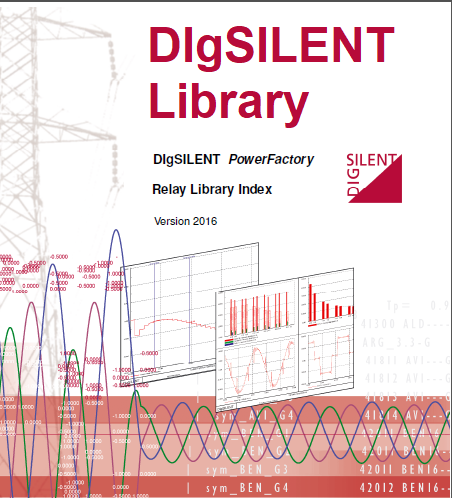Digsilent Relay Modelling
This tutorial demonstrates the modeling and editing of relay protective devices. The tutorial has been designed for the user who has already used and is familiar with the basic functions and structure of PowerFactory.
Digsilent Relay Modelling Read More »

